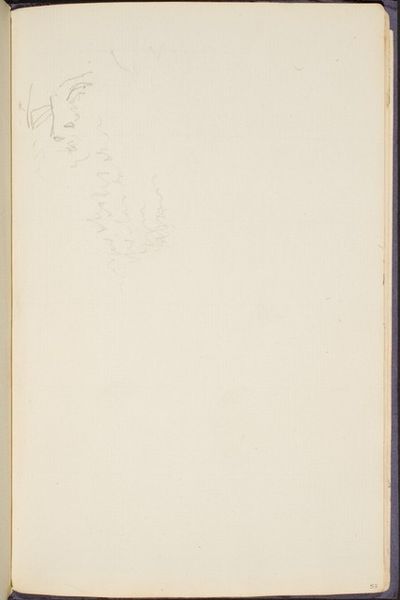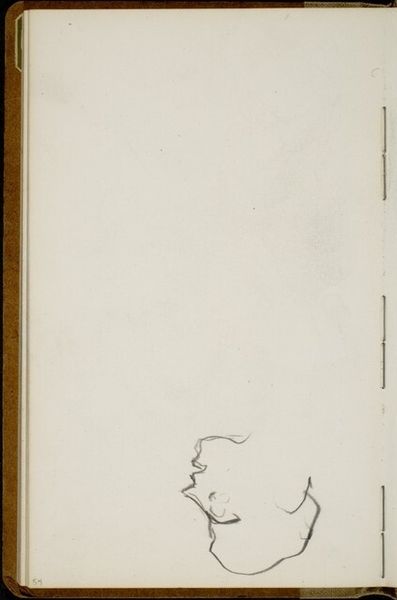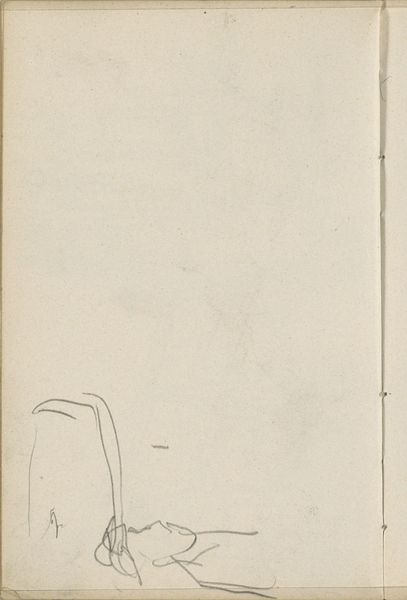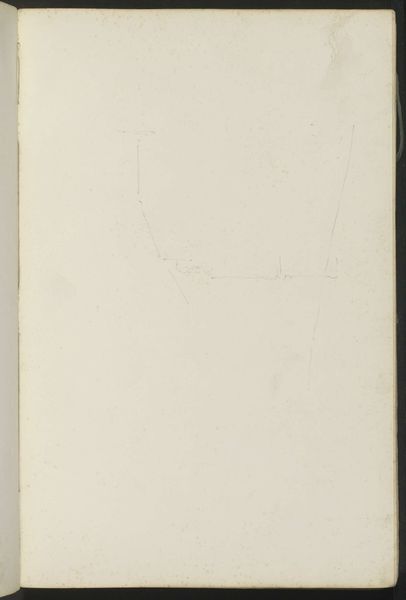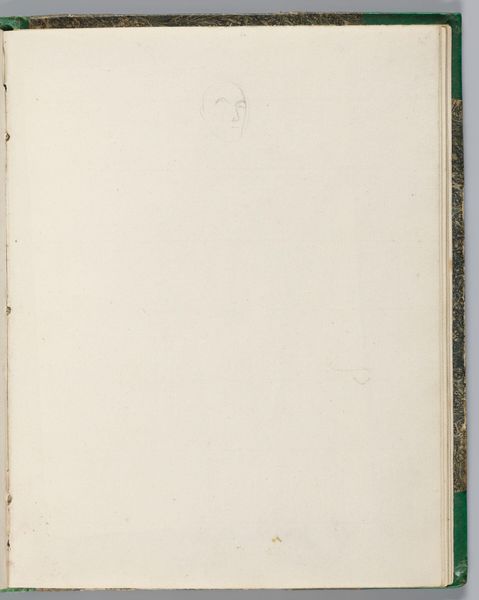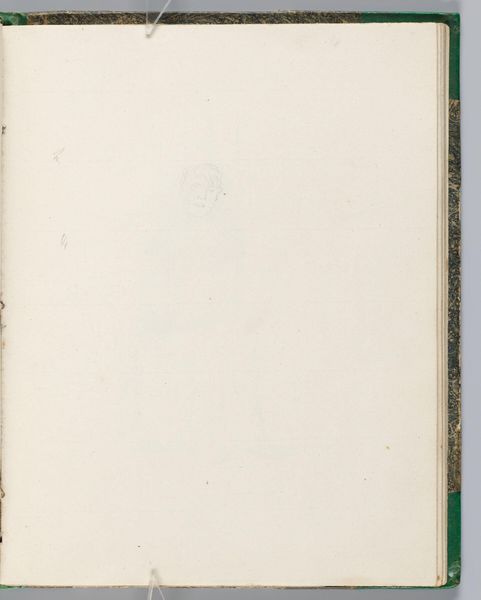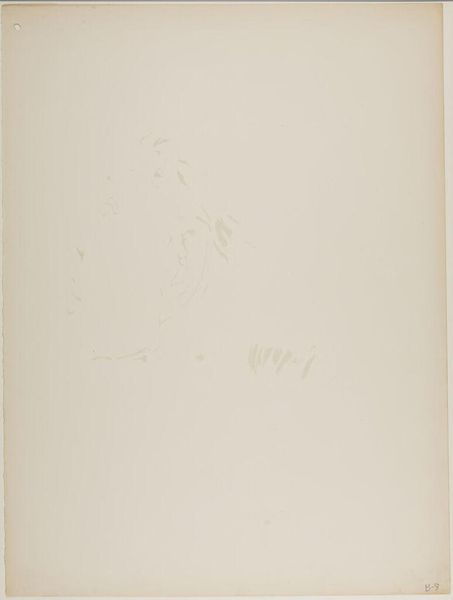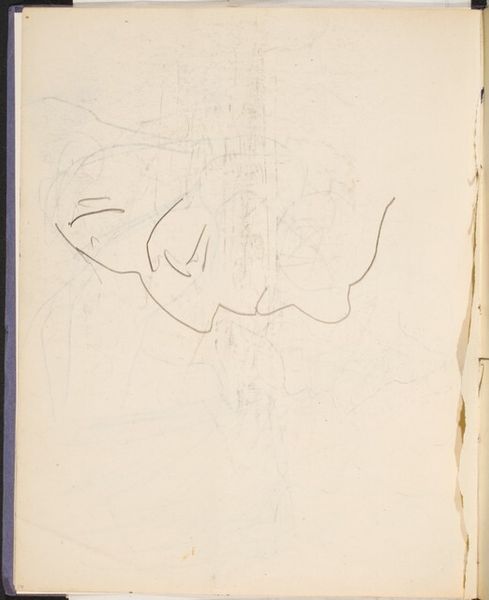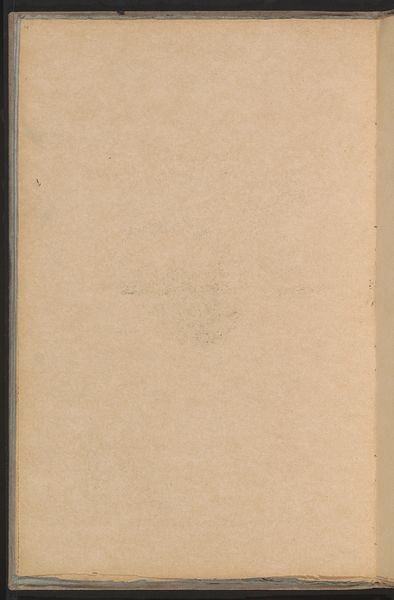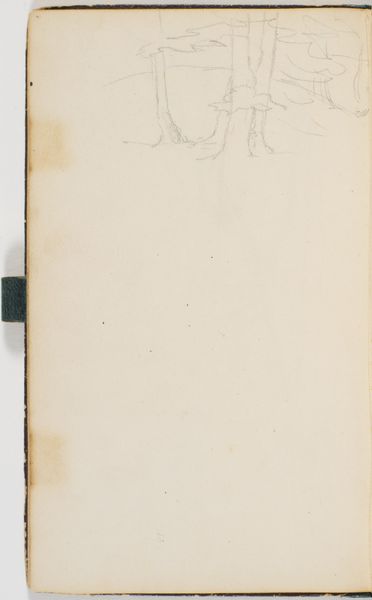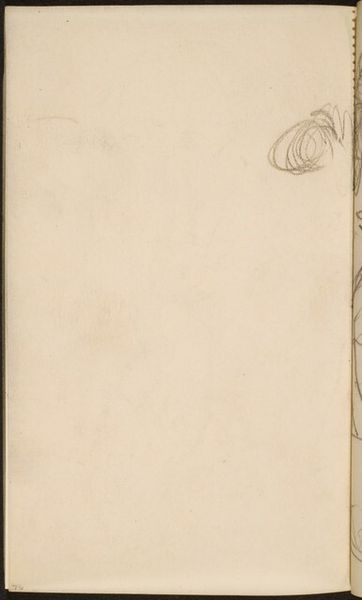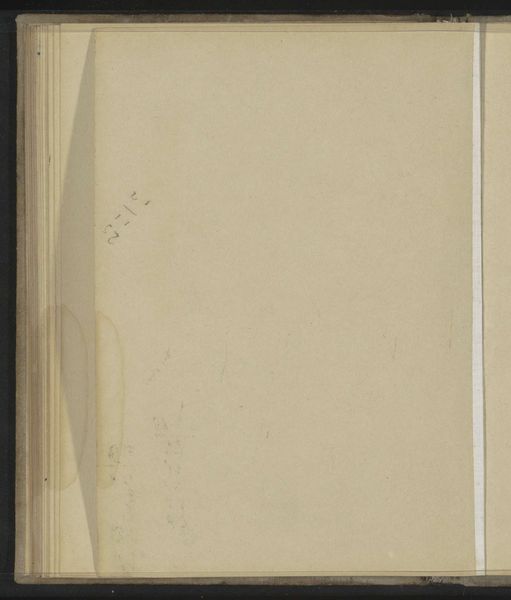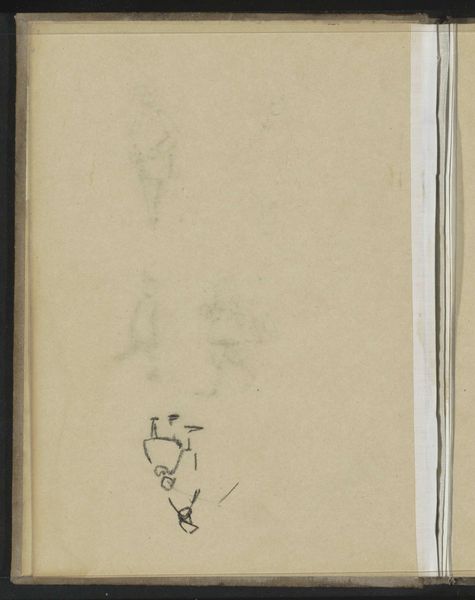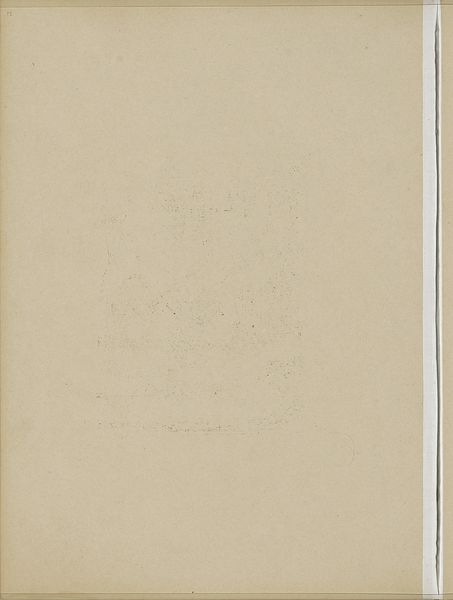![in der Ecke: Teil der Orchesterskizze (Corner of sketch: Orchestra) [p. 62] by Max Beckmann](/_next/image?url=https%3A%2F%2Fd2w8kbdekdi1gv.cloudfront.net%2FeyJidWNrZXQiOiAiYXJ0ZXJhLWltYWdlcy1idWNrZXQiLCAia2V5IjogImFydHdvcmtzLzIzNjk1MDRkLTYxMzMtNDAwOS1iOWYzLTZhNmIwNDZhYjFhYS8yMzY5NTA0ZC02MTMzLTQwMDktYjlmMy02YTZiMDQ2YWIxYWFfZnVsbC5qcGciLCAiZWRpdHMiOiB7InJlc2l6ZSI6IHsid2lkdGgiOiAxOTIwLCAiaGVpZ2h0IjogMTkyMCwgImZpdCI6ICJpbnNpZGUifX19&w=828&q=75)
in der Ecke: Teil der Orchesterskizze (Corner of sketch: Orchestra) [p. 62]
0:00
0:00
drawing
#
drawing
#
toned paper
#
light pencil work
#
ink paper printed
#
personal sketchbook
#
ink drawing experimentation
#
ink colored
#
sketchbook drawing
#
watercolour illustration
#
sketchbook art
#
watercolor
Dimensions: page size: 19.5 x 12 cm (7 11/16 x 4 3/4 in.)
Copyright: National Gallery of Art: CC0 1.0
Curator: Here we have a peek inside Max Beckmann's sketchbook. This particular page is titled "in der Ecke: Teil der Orchesterskizze," or "Corner of Sketch: Orchestra," taken from page 62 of the book. It's an ink and watercolor drawing. What catches your eye initially? Editor: Well, at first glance, I'm struck by how ephemeral it seems. It's as if Beckmann was trying to capture something fleeting, like the memory of a melody or the ghost of a performer. The lines are so light; it looks almost unfinished. Curator: Absolutely, and that feeling of immediacy speaks to the role of the sketchbook itself. Think about the conditions in which an artist might produce this work, perhaps backstage at a theater or during rehearsals. It's a space for informal exploration, unburdened by the expectations of a finished piece. Editor: That raises interesting questions about labor and production. Was this a preparatory sketch destined for a larger composition? Or was it a self-sufficient work in its own right, reflecting the performative labor of musicians rendered in a different medium? How was Beckmann’s experience as the sketch artist similar to that of the orchestral performers? Curator: That is what remains open to debate, but he produced this volume to sell in an effort to promote his name within the local art community. What he includes says as much about what he felt would speak to the market as about his artistic interests. And don’t forget the socioeconomic considerations impacting cultural life in Germany during his time, the effect on the patronage system, on public interest… all shaping this seemingly simple sketch. Editor: Yes, and considering it's part of a sketchbook, it prompts us to reconsider our understanding of artistic value and reception. Usually these remain private until they're posthumously made accessible and then assigned the status of art objects. This book has entered the public arena so its very function of displaying the process comes into view. Curator: Precisely. We're seeing the artist at work, considering ideas, experimenting. It challenges the idea of the artwork as a precious, isolated object, placing it within the continuum of artistic labor and creative development. Thank you for joining me today and I trust you will take the opportunity to learn more. Editor: Thank you. The materiality and the implied processes definitely encourage further investigation into what Beckmann was creating and its place in a larger market.
Comments
No comments
Be the first to comment and join the conversation on the ultimate creative platform.
